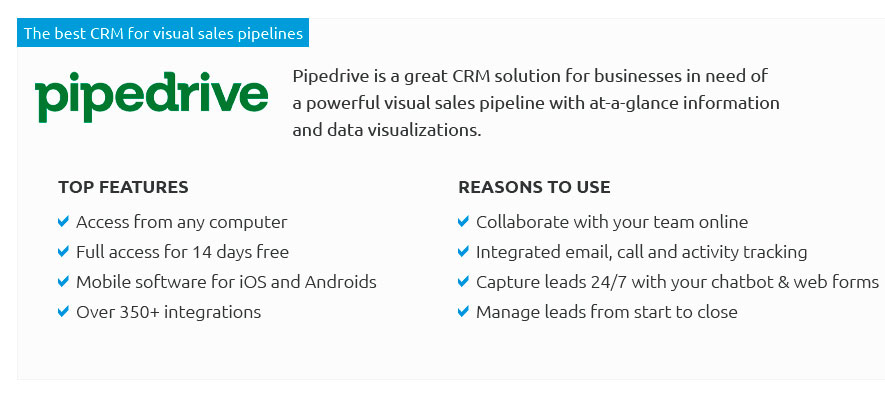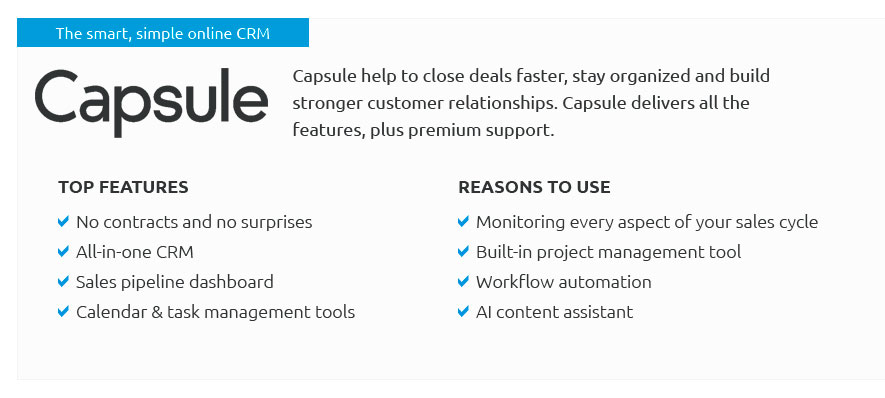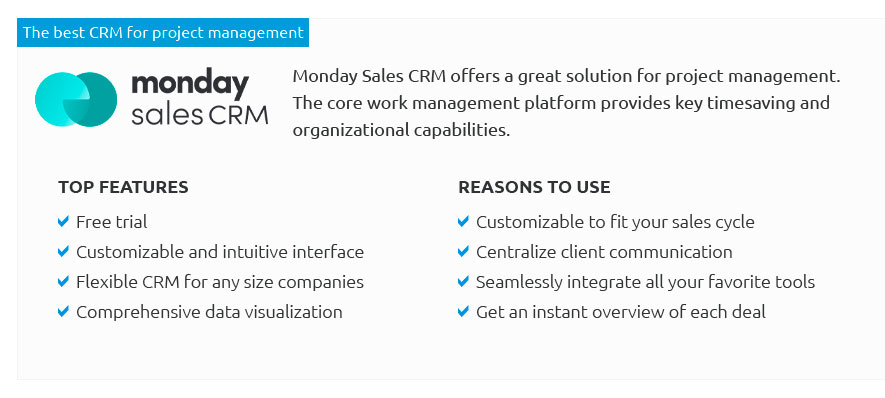 |
 |
 |
 |
 |
|
 |
|
 |
|
 |
|
 |
|
 |
|
 |
 |
Understanding the Intricacies of a Project Pipeline TemplateIn the dynamic realm of project management, having a clear and effective project pipeline template is not just beneficial; it's essential. The concept of a project pipeline, while seemingly straightforward, delves deep into the core of how projects are initiated, developed, and ultimately concluded. A robust template acts as a roadmap, guiding teams through the maze of tasks and deadlines that often characterize complex projects. It is crucial for ensuring that all team members are on the same page and that projects proceed smoothly from inception to completion. At its heart, a project pipeline template is designed to streamline processes and foster transparency. It serves as a strategic tool that enables project managers to allocate resources efficiently, anticipate potential bottlenecks, and make informed decisions based on real-time data. By having a visual representation of the project’s flow, managers can quickly assess the current status of each task and identify areas that require immediate attention. This proactive approach not only mitigates risks but also enhances overall productivity.
Despite these advantages, it's important to note that no template is a one-size-fits-all solution. Different projects may require different approaches, and as such, the template should be flexible enough to accommodate the unique needs of each project. Customization is key; project managers should not hesitate to adjust the template to better fit the specific demands of their current project. Moreover, the human element should never be underestimated. While a template provides structure, it is the creativity and expertise of the team that ultimately drives the project to success. A balance between structured guidance and creative freedom is essential. In conclusion, a project pipeline template is a vital component of effective project management. It offers a framework that promotes clarity, consistency, and efficiency, yet it requires thoughtful customization and human insight to truly shine. As we navigate the complexities of modern project landscapes, embracing such tools while maintaining a flexible and adaptable mindset will undoubtedly lead to more successful project outcomes. Therefore, integrating a project pipeline template into your project management arsenal is not just a smart move-it's a strategic necessity. https://creately.com/blog/project-management/project-pipeline-management/
A project pipeline includes a series of projects that need to be planned, launched, monitored, and assessed upon completion. https://www.airtable.com/templates/design-project-pipeline/exppd6pbxsQEo4zx2
Get a high-level overview of how your design project is progressing. https://www.smartsheet.com/content/project-pipeline-template?srsltid=AfmBOooXC7vBTdR-Z0AGp5fTuYlIqRvtd0lnj5ahSGLmuO1KgzTBgoVO
Use this simple project pipeline tracker template to standardize your company's project pipeline management process. Plan, track, and evaluate ...
|